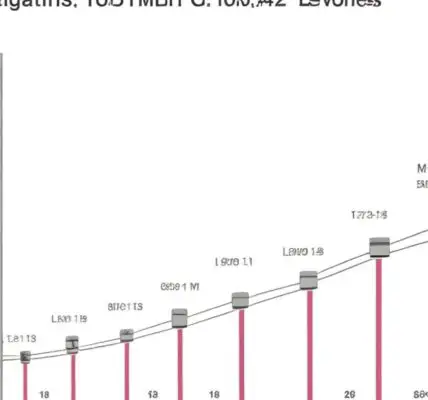which stands for Virtual Routing and Forwarding, is a technology used in computer networks to enable the creation of multiple virtual routers that operate independently within the same physical router or switch. Here are some key points to explain the VRF concept in detail:
- VRF enables the creation of multiple virtual routing tables within a single physical router or switch, allowing the isolation of network traffic between different groups of users or applications.
- Each VRF instance maintains its own routing table, forwarding table, and interface configuration, effectively creating a separate virtual network that is logically separated from other VRF instances.
- VRF instances can be used to support different network services, such as VPNs (Virtual Private Networks), MPLS (Multiprotocol Label Switching), or IPv6 (Internet Protocol version 6).
- VRF instances can also be used to provide security and privacy by isolating network traffic between different departments or customers, preventing unauthorized access to sensitive information.
- VRF instances can be used to optimize network performance by providing separate routing and forwarding paths for different types of traffic, such as voice, video, or data.
- VRF instances can be configured with different routing protocols, such as OSPF (Open Shortest Path First) or BGP (Border Gateway Protocol), enabling the exchange of routing information between different VRF instances.
- VRF instances can be managed and monitored independently, allowing network administrators to troubleshoot and resolve issues more efficiently.
Overall, VRF is a powerful network virtualization technology that enables the creation of multiple isolated virtual networks within a single physical router or switch, providing enhanced security, privacy, performance, and manageability.

